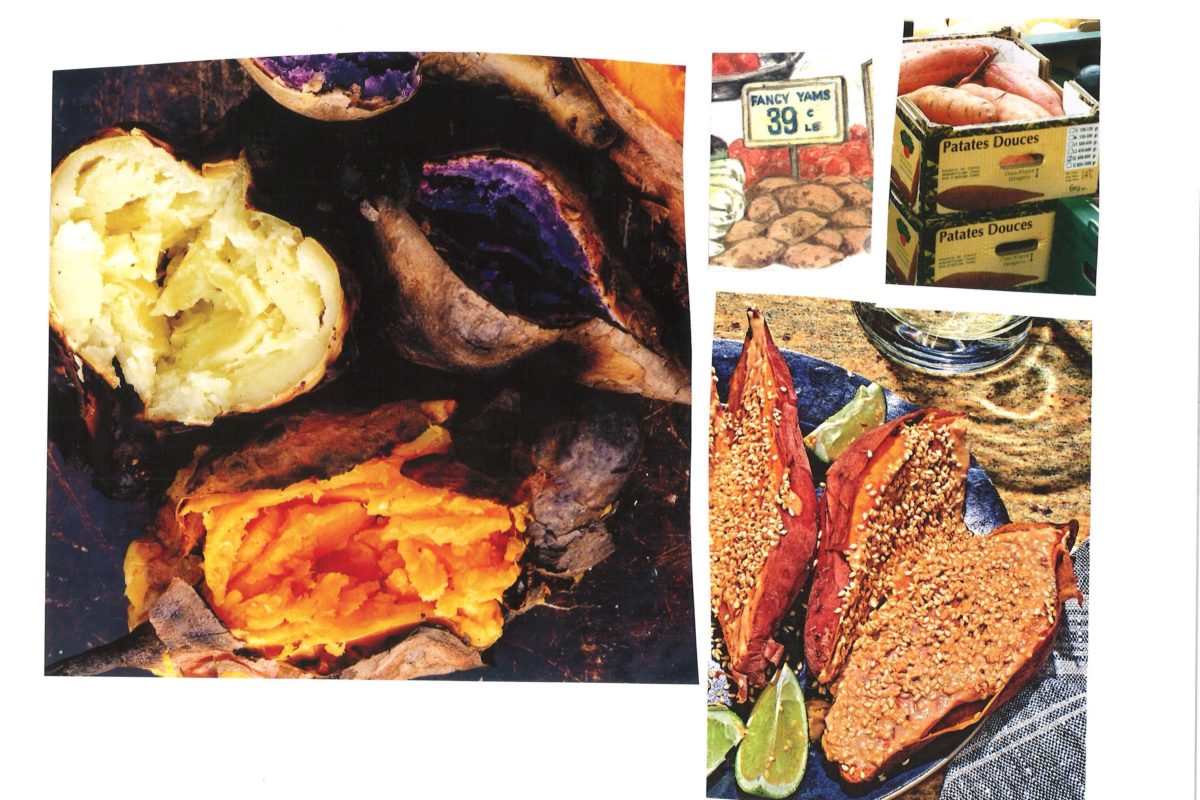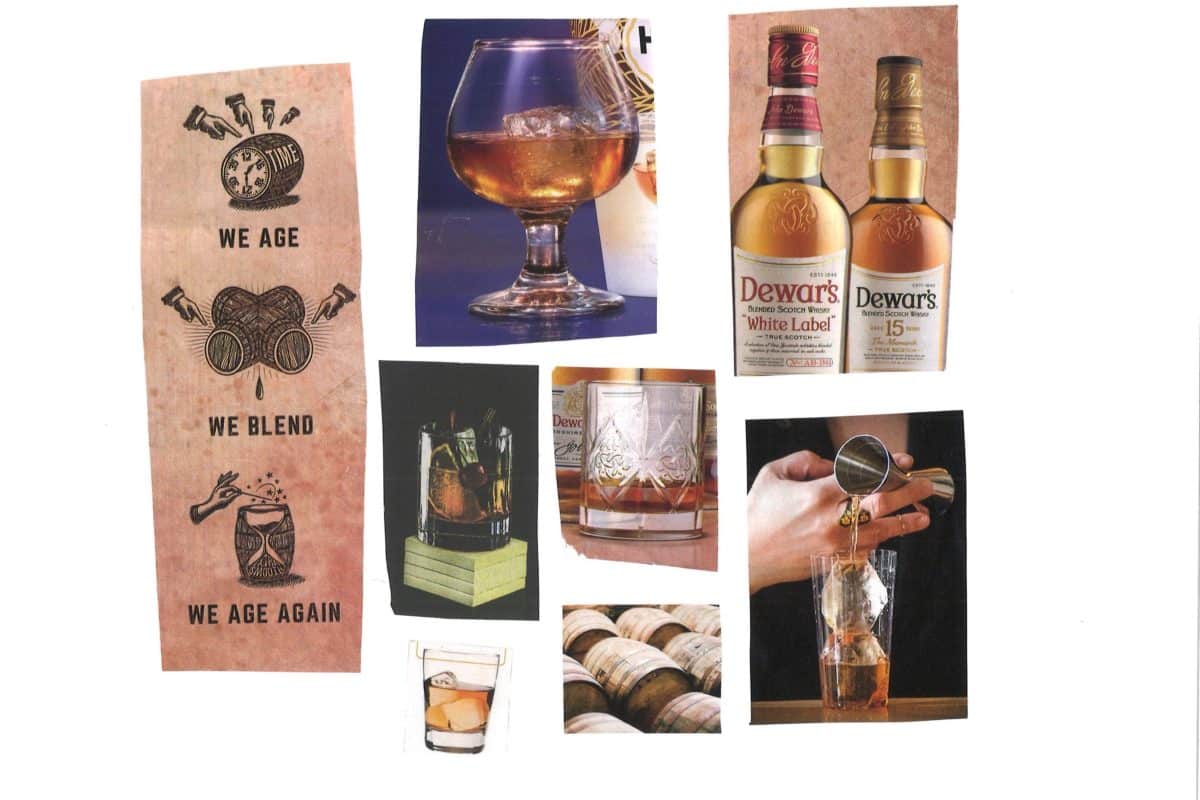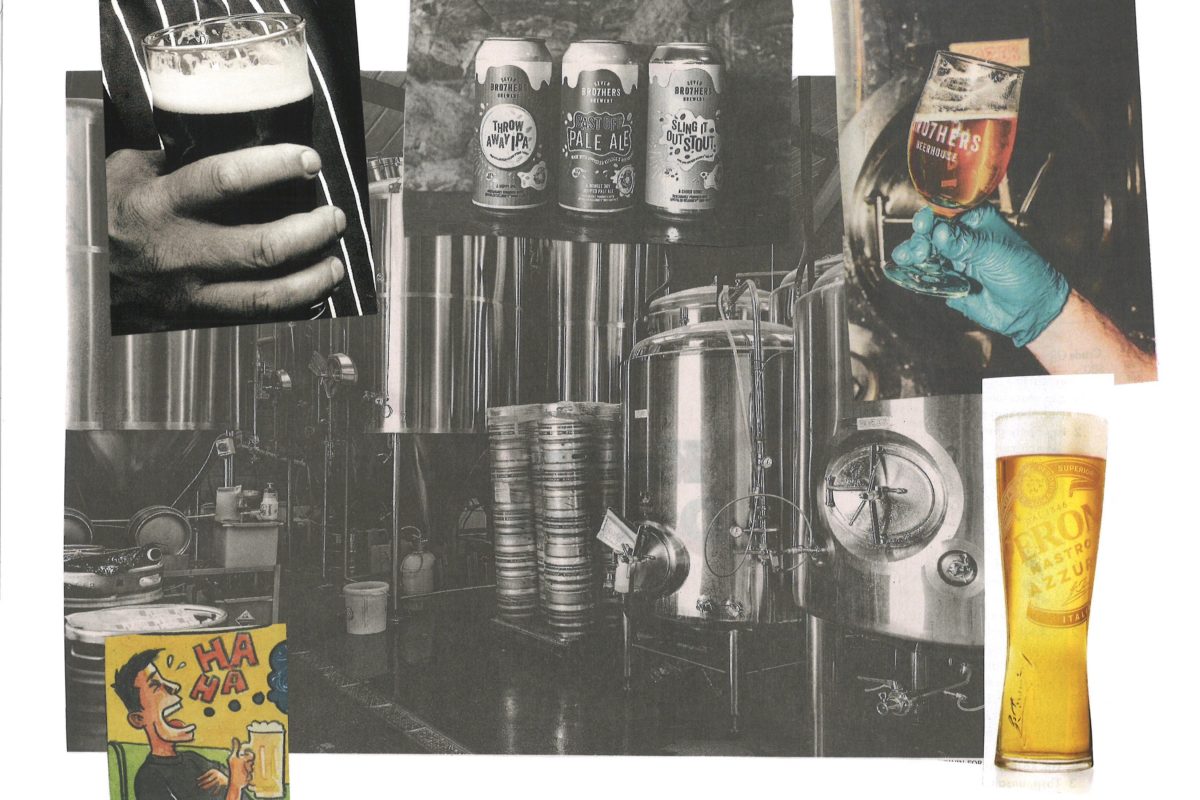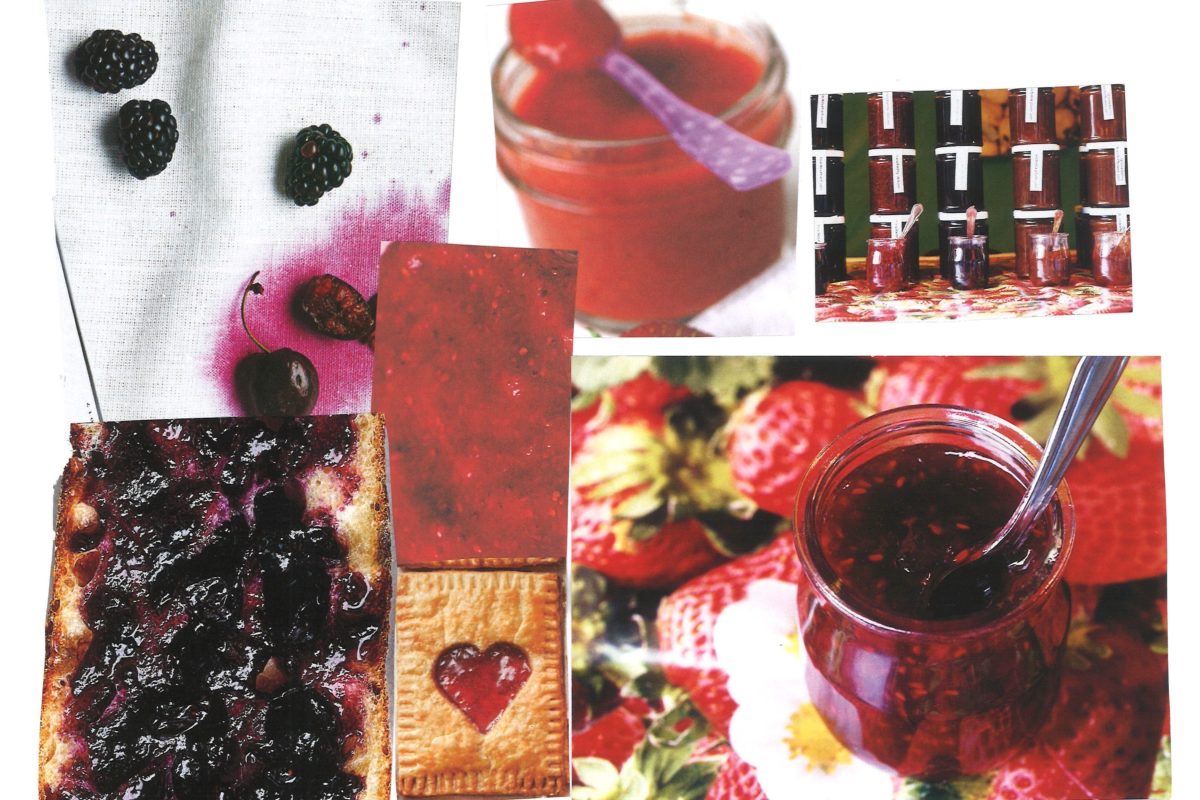What’s the Difference Between Crudo, Sashimi, Tartare, and Carpaccio?
Memorial Day Weekend has come and gone, which means it’s essentially summer: the season of hot dogs and milkshakes and curly fries and all the crumbles and cobblers and pandowdies you can get your grubby hands on. It’s also the season of the uncooked—like your skin was this weekend before your first day at the beach, perhaps, or like the things you feel like eating when the temperature starts to rise. Here are the differences between the crudos, carpaccios, sashimis, and all the other raw stuff you’ll be dining on this summer.
Let’s start with the most general term: crudo. “Crudo” is the Italian and Spanish word for “raw,” and it refers to a dish of uncooked stuff—usually fish, shellfish, or meat—dressed with some sort of seasoning, such as olive oil, citrus juice, and/or a vinaigrette-type situation. “Crudo” implies no specific size, shape, or technique involved with how said uncooked stuff is sliced, so it can serve as a blanket term for anything that’s raw and dressed.
Carpaccio is a type of crudo, but one in which the uncooked stuff is sliced or pounded super thin. It’s oftentimes made with fish, but you’ll also see meat or even vegetable carpaccios as well (though calling a salad a “crudo” would be a particularly eye-rolly thing to do). Like the others in the crudo category, carpaccios are dressed/drizzled, usually with an olive oil/lemon combo, and usually have some sort of garnish as well.
Another type of crudo is tartare, which is made of raw meat or seafood that’s chopped up and bound with some sort of sauce, dressing, and/or other seasonings. Like carpaccios, tartares are defined by the shape in which the raw stuff is sliced—in this case, usually minced or diced rather than sliced thinly.
Moving on: a raw preparation not in the crudo category is sashimi. Sashimi is made with carefully sliced raw fish that’s rarely marinated, sauced, or garnished; it’s more about the quality of the fish and the technique of the chef preparing it rather than any vinaigrettes or seasonings. For classic sashimi, the fish is killed in the manner of ike jime, in which a spike is inserted into its brain. This method, which kills the fish instantly, preserves its flavor and texture and keeps it fresher for longer.
While it’s not technically raw, it’s worth noting a crudo-family cousin: the ceviche. Ceviche is made up of raw seafood that’s marinated in citrus juice, which cures (or, in this case, “cooks”) it. Ceviche recipes call for around eight times the amount of acid found in dishes like crudo or tartare, and the fish sits in it for longer, allowing it to penetrate the raw stuff and transform its texture. Ceviche can be found all over Latin America, and its ingredients and garnishes totally vary on its locale; a ceviche in Peru, for example, is going to be different from a ceviche in Colombia or Mexico.
Tiradito is essentially a mash-up of all the stuff we’ve talked about; it’s made of raw fish, sliced thinly (like carpaccio or sashimi) and then marinated in an acidic mixture (like ceviche). It only cures for twenty or so minutes, however, rather than the longer baths that a ceviche typically gets. Tiradito is a part of Nikkei cuisine, a form of Japanese-Peruvian cooking that evolved after a nineteenth-century influx of Japanese immigrants to Peru. Turns out a lot of cultures have ways of making raw food delicious—and that great stuff happens when those traditions intertwine.
If you liked this, subscribe to the What’s the Difference newsletter here!






